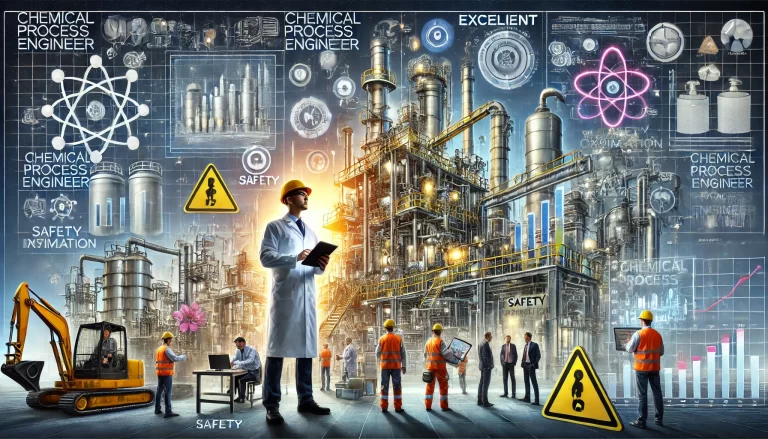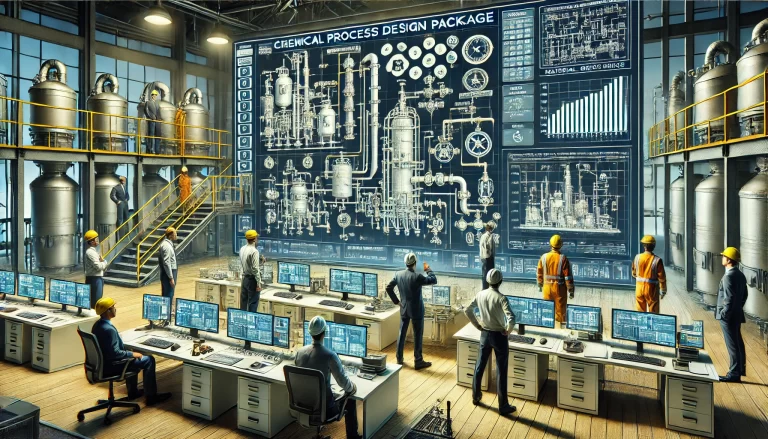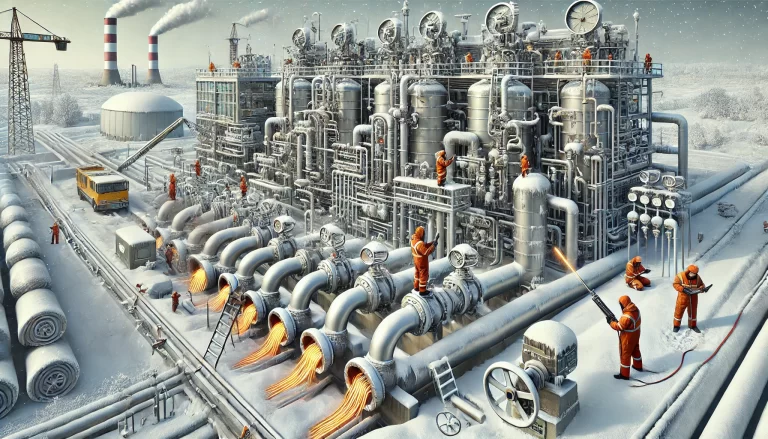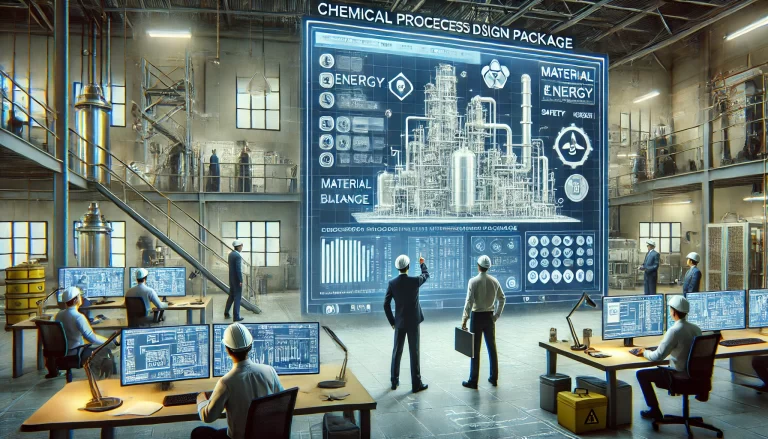The chemical industry is highly capital-intensive, requiring significant investment in production facilities, safety measures, and regulatory compliance. In such a dynamic and competitive market, tracking the right business metrics is crucial for sustainable growth, operational efficiency, and profitability. This article outlines the key metrics that chemical companies should closely monitor across five critical areas: production capacity, financial performance, safety and management, industry standards, and market trends.

1. Production Capacity Metrics
Production capacity determines a chemical company’s ability to meet market demand and scale operations. The following key metrics are essential in evaluating production efficiency and expansion potential:
1.1 Fixed Assets and Construction-in-Progress
The chemical sector is a heavy-asset industry, requiring substantial capital investment in infrastructure and machinery.
The value of fixed assets and ongoing construction projects directly impacts production scalability and long-term revenue growth.
Tracking capital expenditures on new plants and equipment helps in forecasting future production capacity and competitiveness.
1.2 Production and Sales Volume
Measuring production and sales volume is essential to understanding a company’s growth trajectory.
Unlike revenue, which fluctuates with price changes, production and sales volume provide a clearer picture of actual business expansion.
Companies should track year-over-year changes in volume to assess operational efficiency and market demand.

2. Financial and Sales Metrics
Financial performance determines a company’s profitability and market stability. Chemical firms should monitor the following financial indicators:
2.1 Product Unit Gross Profit
The chemical industry experiences frequent price fluctuations due to raw material costs and market demand.
Unit gross profit, rather than total profit, is a more accurate measure of a company’s real earnings power.
Monitoring gross profit per unit helps in pricing strategy and cost management.
2.2 Sales Turnover and Collection Speed
The speed at which a company sells its products and collects payments is a strong indicator of market demand and operational efficiency.
Faster sales turnover and quicker payment collection suggest strong bargaining power over downstream buyers.
Monitoring inventory turnover rates and accounts receivable growth helps in assessing financial health and liquidity.
3. Safety and Management Metrics
Safety is a top priority in the chemical industry due to the high risks associated with production processes. Proper management of safety measures reduces operational risks and regulatory penalties.
3.1 Safety Instrumented Systems (SIS) and Safety Integrity Level (SIL)
Chemical companies must assess risks and determine the appropriate Safety Integrity Level (SIL) for their processes.
Implementing and maintaining Safety Instrumented Systems (SIS) ensures process safety and prevents hazardous incidents.
Compliance with safety standards not only protects employees but also enhances a company’s reputation and operational continuity.
3.2 Near-Miss Incident Management
A proactive approach to safety includes identifying and analyzing near-miss incidents.
Companies should establish a near-miss reporting incentive system to encourage employees to document potential hazards.
Thorough investigation and corrective measures following near-miss incidents help prevent major accidents.

4. Industry Standards Metrics
Regulatory compliance is critical for chemical companies to operate legally and maintain credibility in the industry. Key regulatory metrics include:
4.1 Number of Industry Standards Approved
In 2024, the Chinese Ministry of Industry and Information Technology (MIIT) approved 73 new chemical industry standards.
Adhering to these standards is vital for compliance, product quality, and operational efficiency.
4.2 Implementation Dates of New Standards
Industry regulations frequently evolve, requiring companies to adapt their processes accordingly.
For example, the “Chemical Process Safety Management Guidelines” (AQ/T 3034-2022) came into effect on April 1, 2023.
Chemical firms must stay updated on new standards and ensure timely implementation to avoid legal and financial repercussions.

5. Market and Industry Size Metrics
Understanding market trends and industry growth helps chemical companies make strategic business decisions. Important market-related metrics include:
5.1 Industry Revenue and Profit
In 2023, China’s petrochemical industry generated total revenue of RMB 15.95 trillion, with a total profit of RMB 873.36 billion.
Tracking industry-wide revenue trends helps companies benchmark their financial performance and set realistic growth targets.
5.2 Number of Large-Scale Enterprises
In 2023, there were 30,507 large-scale enterprises in China’s petrochemical and chemical sectors.
The number of large companies in the industry reflects market competitiveness and growth opportunities.

Conclusion
The chemical industry operates in a complex environment where production efficiency, financial stability, safety regulations, and market trends dictate long-term success. By closely monitoring key metrics across production, financial performance, safety, regulatory compliance, and market trends, chemical companies can enhance operational efficiency, maintain regulatory compliance, and stay competitive in a rapidly evolving industry. Staying proactive in tracking and analyzing these numbers ensures not only sustainability but also a strong competitive advantage in the global chemical market.
